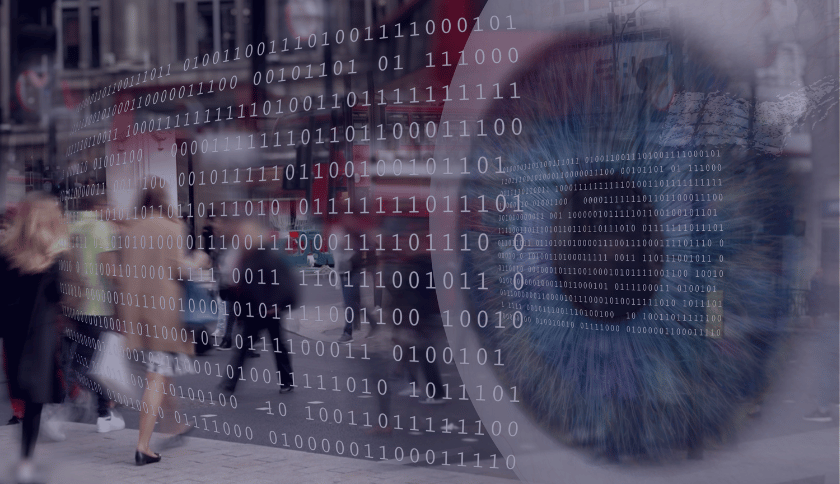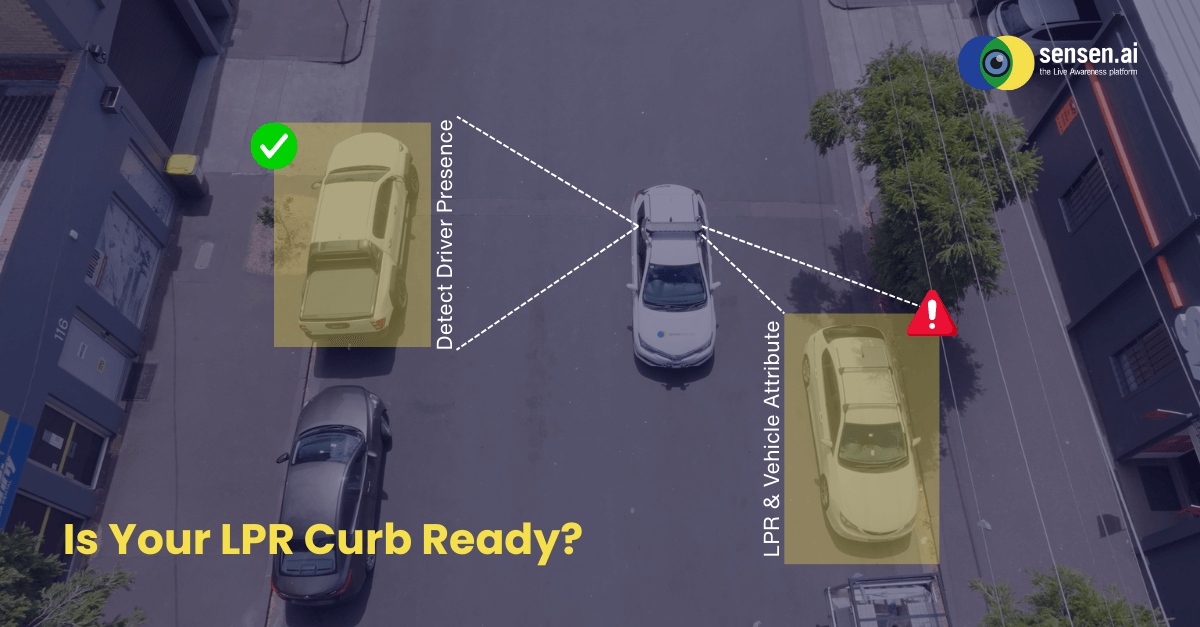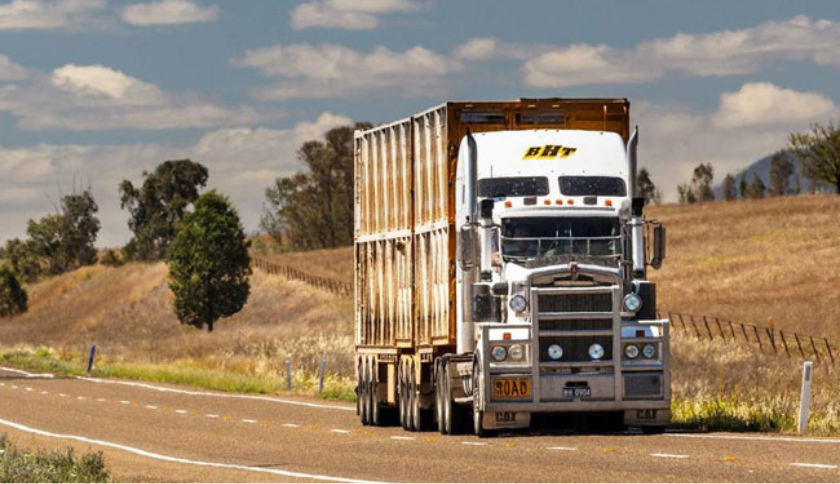For much of its history, surveillance automation has followed a straightforward formula. Set the rules, define the zones, wait for the triggers. If someone crosses a boundary, sound the alarm. If a vehicle overstays, issue a warning.
These systems, which are static, rule-based, and deterministic, do work well to a point. However, as our cities grow denser and our public spaces more complex and dynamic, this approach needs a rethink to scale to modern needs, especially in sectors where the consequences of oversight are critical.
We live in environments that don’t follow scripts. People fall, argue, hesitate, wander, run, and collapse. Threats don’t announce themselves neatly in advance, and risks rarely obey tidy boundaries. Today’s urban and industrial challenges demand more than a flowchart of if-this-then-that reactions. They require awareness, adaptability, and real-time judgment.
This is where role-based automation, as pioneered in SenTRACK 2.0, steps in, delivering not just surveillance but situational intelligence.
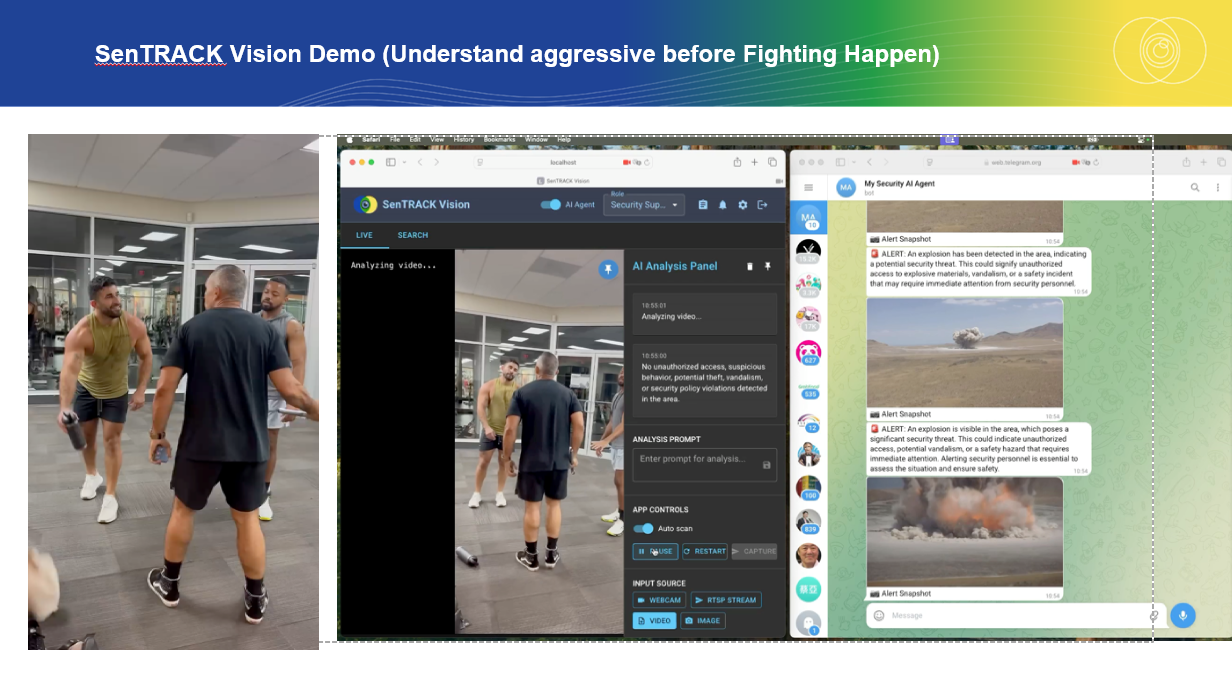
SenTRACK 2.0 represents a complete shift in how machine intelligence interacts with human environments. It achieves this by moving from static rules to intelligent vision, powered by generative AI, capable of real-time interpretation and response.
What’s Wrong with Rules?
To understand the shift, it’s worth unpacking what’s limited about traditional rule-based automation. These systems rely on clear instructions and predictable inputs. You define a condition, something like: “if movement occurs after hours in this area,” and pair it with a consequence, like a triggered alert or lockdown.
The simplicity of that model is its appeal. It’s easy to implement, easy to explain. But it comes with serious trade-offs. Rules, by nature, do not adapt. They don’t interpret context. A child running might trigger the same alert as a genuine threat. An accidental fall may be flagged as trespass. A sneeze in a kitchen might go completely unnoticed, until someone gets sick.
In mission-critical environments like food processing, logistics hubs, or public transit, those are not minor errors. They’re operational and reputational risks.
It’s also resource-heavy. As your use of the systems grows, you need more and more people to sift through the tsunami of alerts.
Finally, and arguably most importantly: rules-based systems don’t learn. In high-stakes environments, such as transport hubs, central kitchens, civic spaces, that’s a fatal flaw. They require constant manual rule-tuning and never truly improve.
What Makes Role-Based Different?
Where rule-based systems respond to predefined events, role-based automation does something much more powerful: it understands what matters.
SenTRACK 2.0 deploys adaptive AI agents that operate not as passive detectors, but as active participants, with roles such as a trained patrol officer, quality inspector, or safety manager. It watches with purpose, asking not just “did someone cross a line?” but “what are they doing, and is it acceptable for this context and time?”
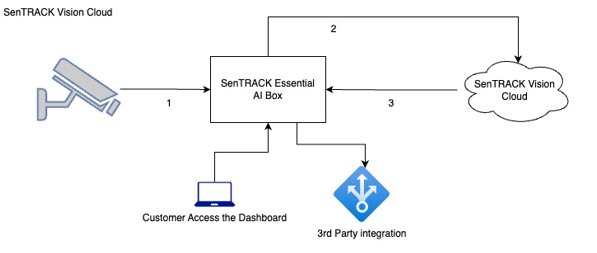
This is where SenTRACK 2.0 becomes truly differentiated. Underpinned by vision-language models (VLMs) and generative AI, the platform doesn’t just see movement—it understands behaviour. It recognises patterns like aggression, contamination risk, collapse, or distress—even when they don’t map neatly to a rule. It responds in real time, escalates intelligently, and offers natural-language interfaces that allow operators to query footage or create custom alerts using plain English
In short, it behaves like a human inspector. That means that it’s always present, always focused, and always learning.
Adapting in Real Time
SenTRACK 2.0’s strength lies in its adaptability. As environments change, for example when a new walkway opens, an outbreak requires new hygiene measures, or employee patterns shift, the system evolves.
It begins to understand what “normal” looks like for a specific role, task, or location, and flags anything that deviates. No waiting. No retraining. No blind spots.
This kind of intelligence unlocks something powerful: surveillance becomes a tool for prevention, not just investigation. Teams aren’t just reacting to events but rather staying ahead of them.
In environments where risk is ever-present and standards are non-negotiable, such as in food safety, logistics, or civic operations, this shift from reactive to proactive can be the difference between compliance and catastrophe.
From Surveillance to Situational Intelligence
SenTRACK 2.0 doesn’t just observe. It provides situational awareness. The same system that flags a security breach can also surface operational inefficiencies. Where bottlenecks form. Where tasks are skipped. When fatigue is setting in. Why incidents keep occurring in the same zone.
This kind of layered insight is critical in multi-role environments, from central kitchens to train platforms. A system that learns across these domains doesn’t just prevent failure. It also helps organisations operate better.
And unlike legacy systems, SenTRACK integrates into your existing environment. It runs on the edge. It continues working even if connectivity drops. It doesn’t require infrastructure overhauls. And it delivers insight in seconds and not hours or days.
The Trade-Off: Complexity vs. Capability
Is role-based automation perfect? No system is. It demands smarter AI models, robust hardware, and thoughtful deployment. But the upside is significant. Its limitations aren’t in what it can’t do, but rather in how quickly it continues to improve.
This is a trade-up, not a trade-off.
SenTRACK 2.0’s edge processing, natural-language UI, and role-based architecture give control rooms and compliance teams something they’ve never had before: a system that reasons. That sees intention. That acts with context.
Why It Matters Now
As our urban, industrial, and regulatory environments become more complex, the cost of missing what matters is rising. Rule-based models were built for static, predictable environments.
Role-based intelligence is built for the real world. One filled with people, messiness, urgency, and meaning.
Whether it’s ensuring safety in a public square, hygiene in a prep zone, or compliance on a cold chain dock, SenTRACK brings clarity where others bring footage.
Because in the real world, intelligence makes all the difference.
